March 19 2020
Espelette Pepper
Native to the Caribbean region, Espelette pepper was introduced into France in the 16th century by navigator Juan Sebastian Elcano, the first explorer to circumnavigate the globe! Previously used in medicine for its numerous beneficial properties, it quickly became appreciated as a condiment or preservative for meat.
What is an Espelette pepper?
This red pepper with a regular, conical shape is normally 7 to 14 cm long. It is typical of the Basque Country, a region in the southwest of France.
Joël Robuchon, the renowned French chef named “Chef of the Century” by the Gault & Millau guide, likes to say “salt and espelette” instead of “salt and pepper” when seasoning a dish.
How is it produced?
At the end of each season, the producer selects the seeds from the peppers most characteristic of the Gorria variety and preserves them for the following year.
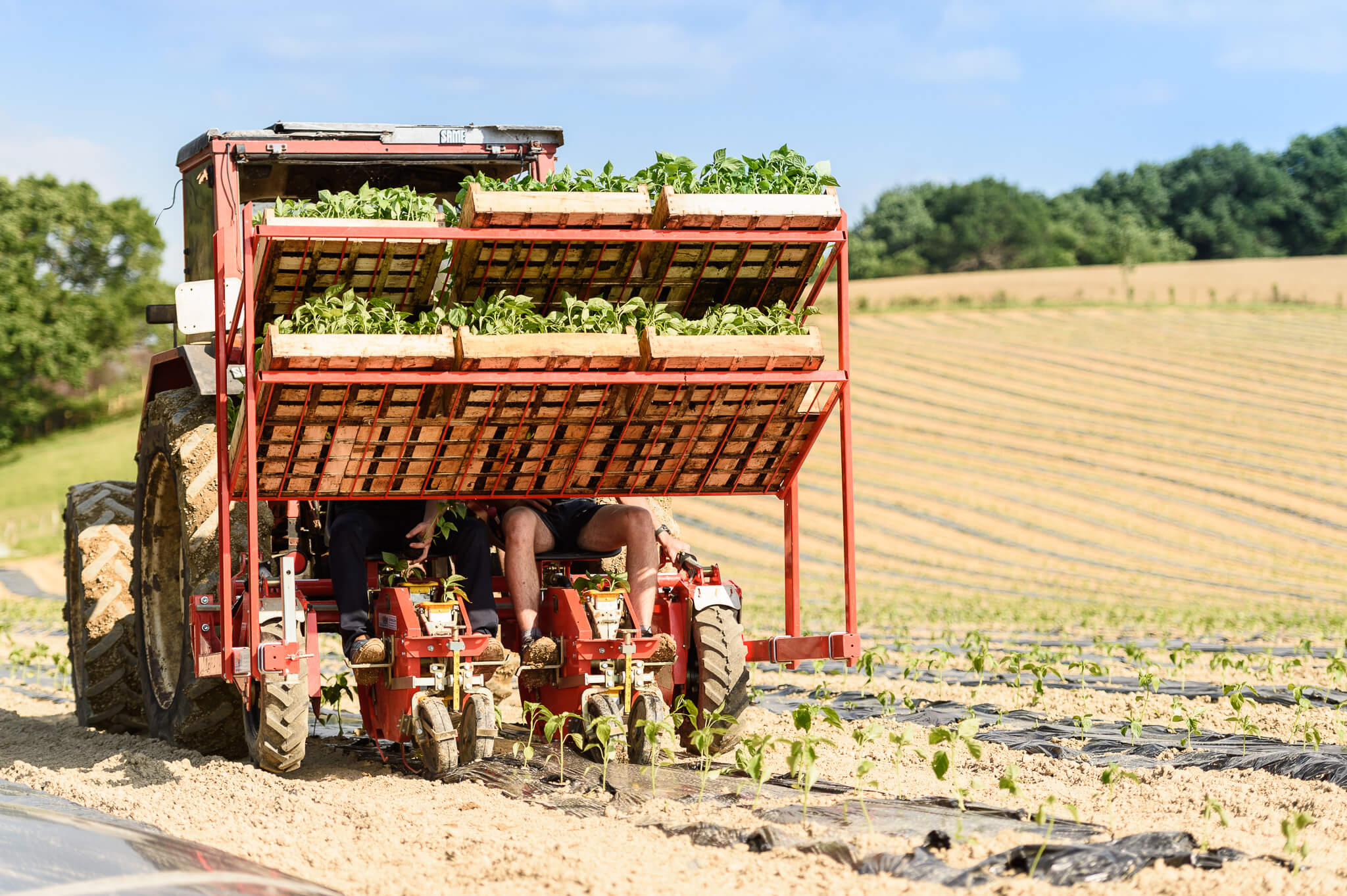
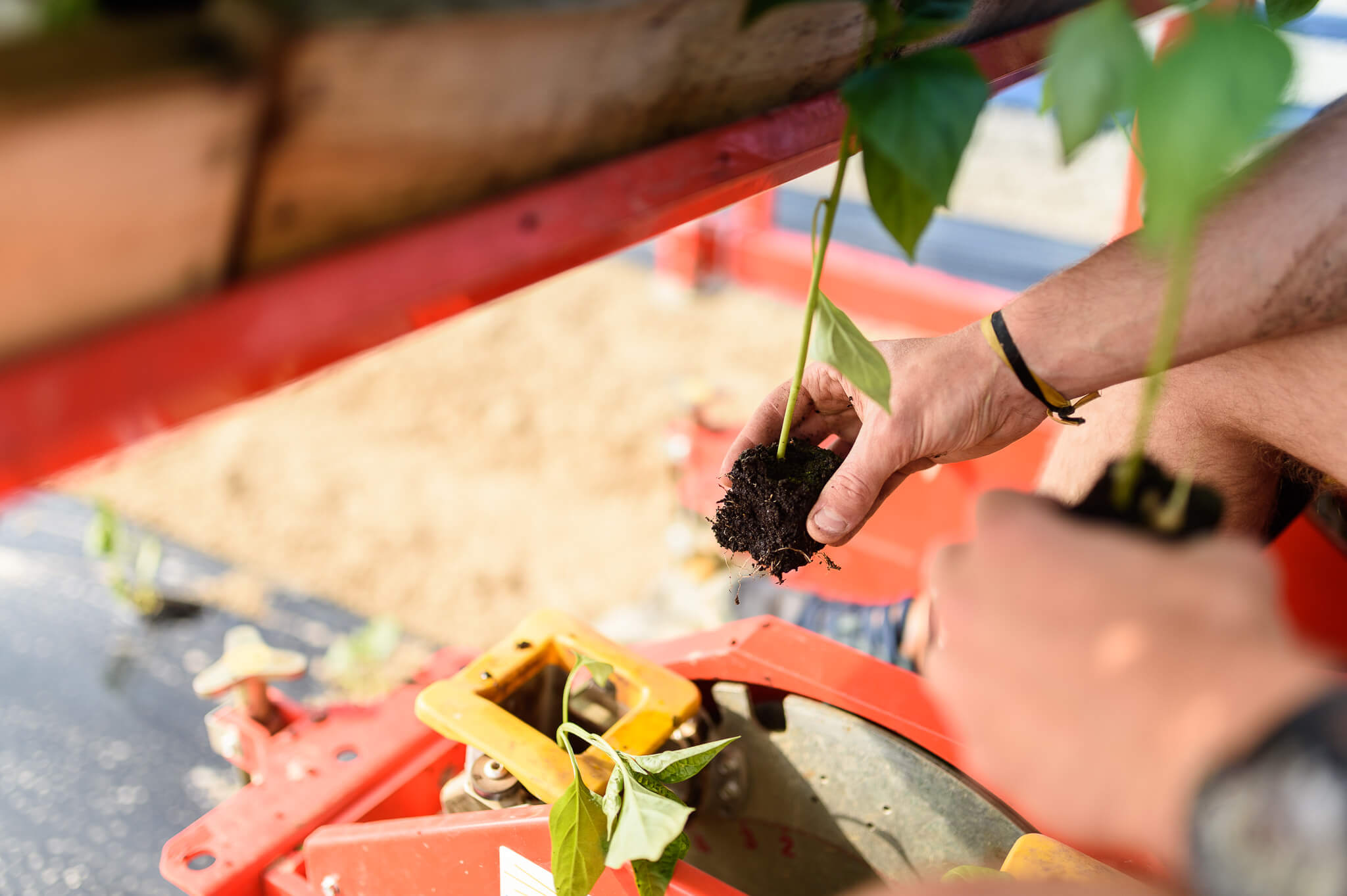
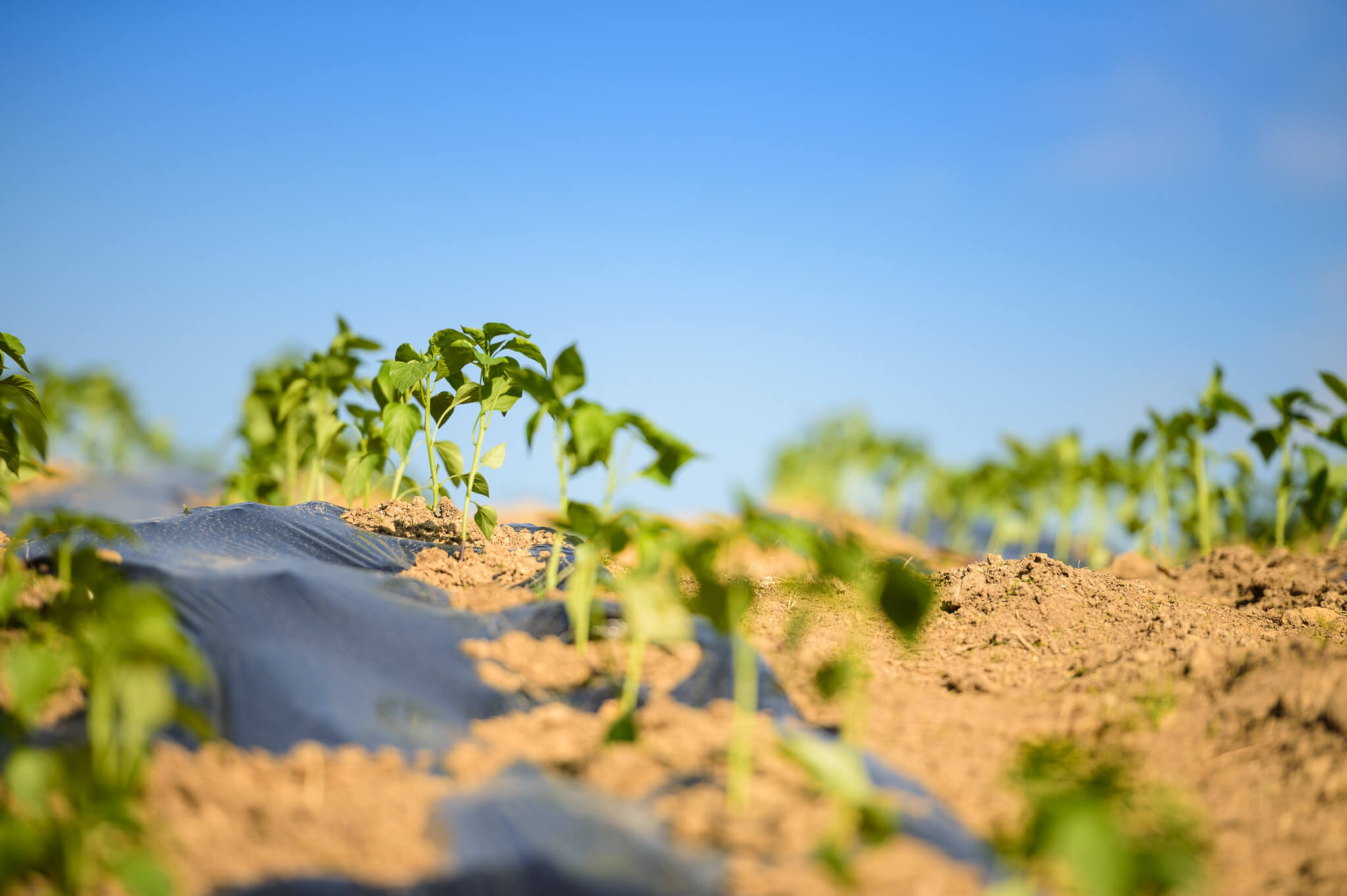
As early as March, Espelette peppers begin to sprout in greenhouses. Growing and transplanting them requires particular attention, a lot of patience and expert know-how.
Once the plants are transferred to the fields, weeding is done by hand to help the young shoots grow to full maturity.
Flowering occurs between June and October. In a period of three weeks, the peppers turn colour, from green to bright red. It is then time to harvest them. Espelette peppers are picked by hand, starting in August and until the first frost (November 30th at the latest). 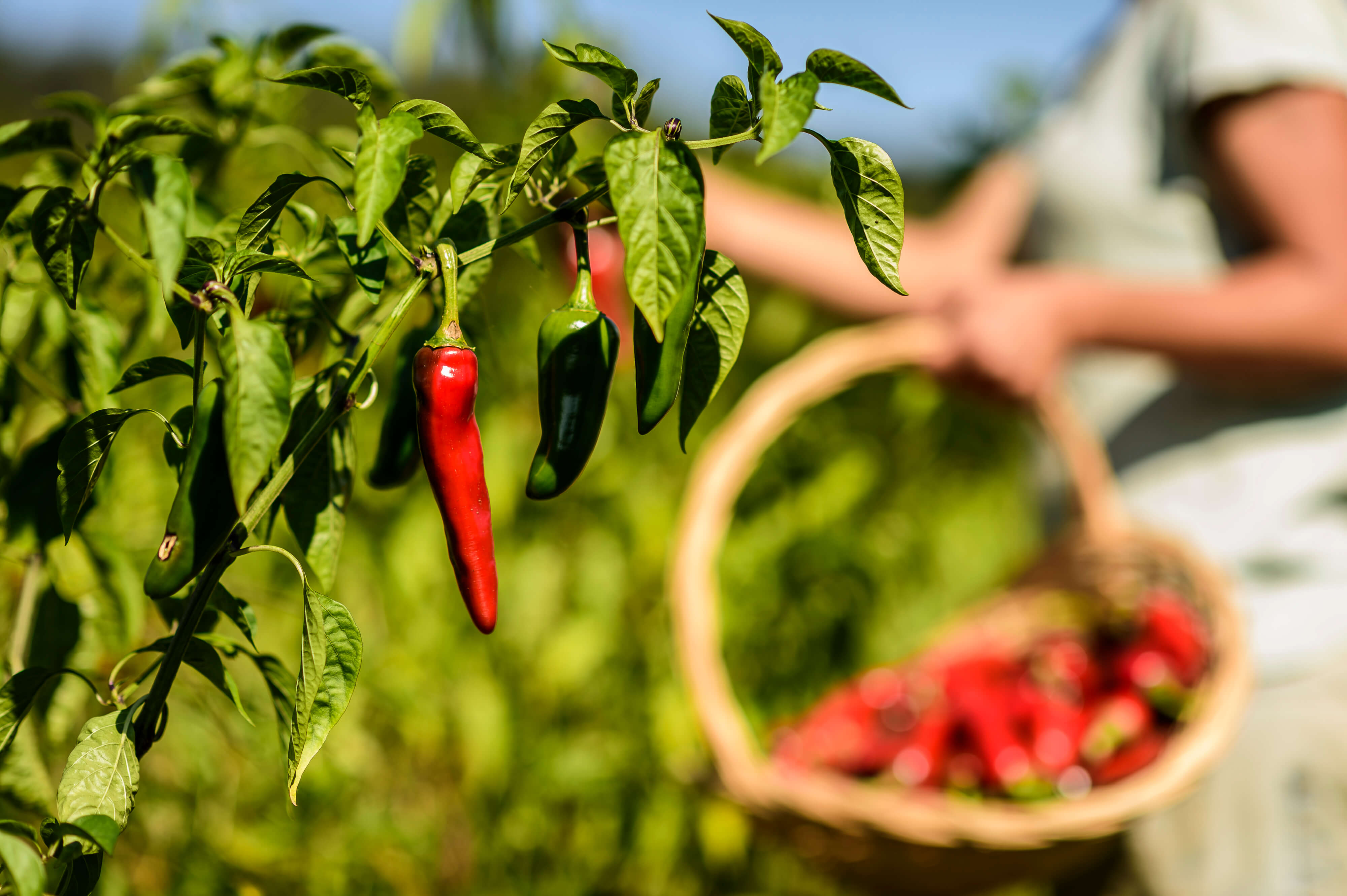 This product definitely has a highly seasonal character: it needs plenty of sun and heat to reach maturity, which explains the risk of stock shortages during the year.
This product definitely has a highly seasonal character: it needs plenty of sun and heat to reach maturity, which explains the risk of stock shortages during the year.
After the harvest, the peppers are cleaned, sorted and measured. Several steps are required before Espelette peppers are ground into powder: pre-drying them on lattices for at least 15 days, removing their stalks by hand and drying them in an oven. Following the oven-drying, the peppers are sorted again (to get rid of any blighted ones) before grinding. Prior to preparation for sale, each batch must receive a certification delivered by CERTISUD.
What does AOP mean?
AOP stands for appellation d’origine protégée, or protected 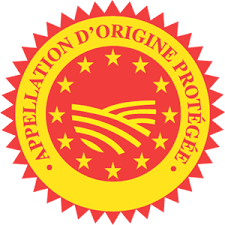 designation of origin. This designation is an official European guarantee of a product’s quality and origin. It is granted to products whose production, transformation and preparation occur within a specific geographical area, following recognized and verified methods. The production area comprises 10 small towns around the village of Espelette, and enjoys a subtropical microclimate characterized by plentiful rains, mild temperatures and a southerly wind.
designation of origin. This designation is an official European guarantee of a product’s quality and origin. It is granted to products whose production, transformation and preparation occur within a specific geographical area, following recognized and verified methods. The production area comprises 10 small towns around the village of Espelette, and enjoys a subtropical microclimate characterized by plentiful rains, mild temperatures and a southerly wind.
A 100% natural product
Our AOP Espelette pepper powder is made with 100% Espelette pepper. From the moment the seeds are planted until the peppers are ground, production follows a strict set of specifications, very similar to those used for organic agriculture. Our product is environmentally friendly, since systematic pesticide 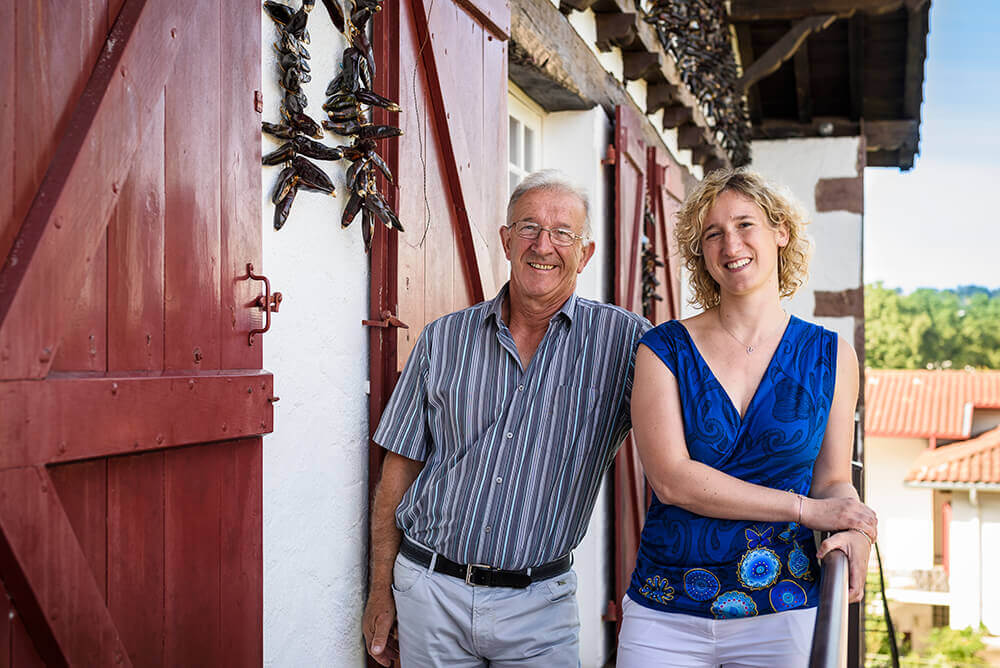 treatments are forbidden and irrigation is strictly regulated. It is a 100% natural product containing no artificial colour, additive or preservative.
treatments are forbidden and irrigation is strictly regulated. It is a 100% natural product containing no artificial colour, additive or preservative.
Our producer does not simply respect the specifications for AOP Espelette pepper, but goes far beyond expected requirements. Health and safety aspects are also controlled throughout the chain of production, from the field to the end consumer.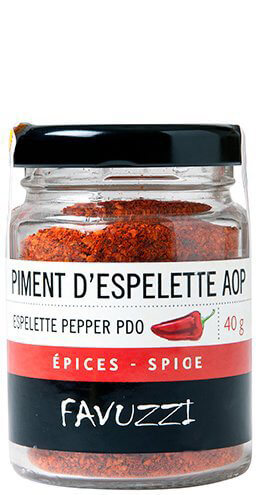
All in the family!
A father and daughter team manages the business. The father, Jean Michel Sabarots, is one of the influential people whose efforts contributed to earning an official AOC/AOP quality seal for Espelette pepper in the year 2000.